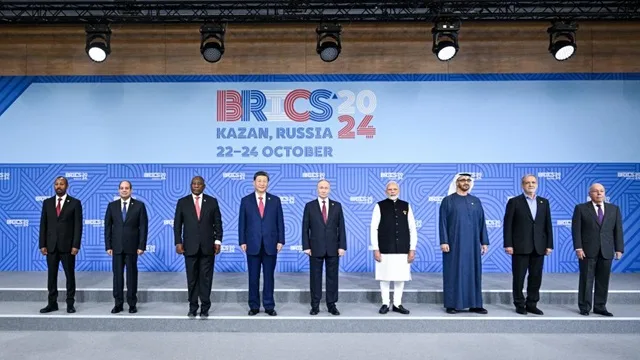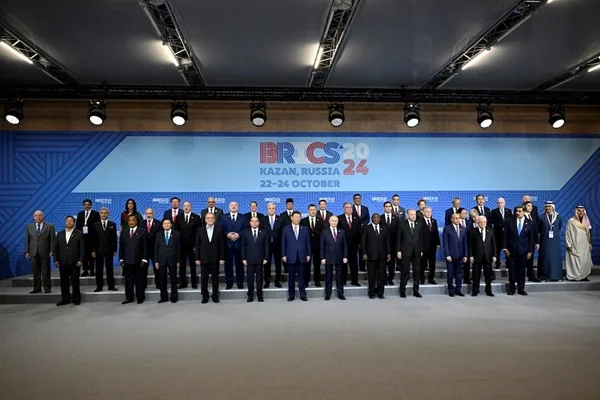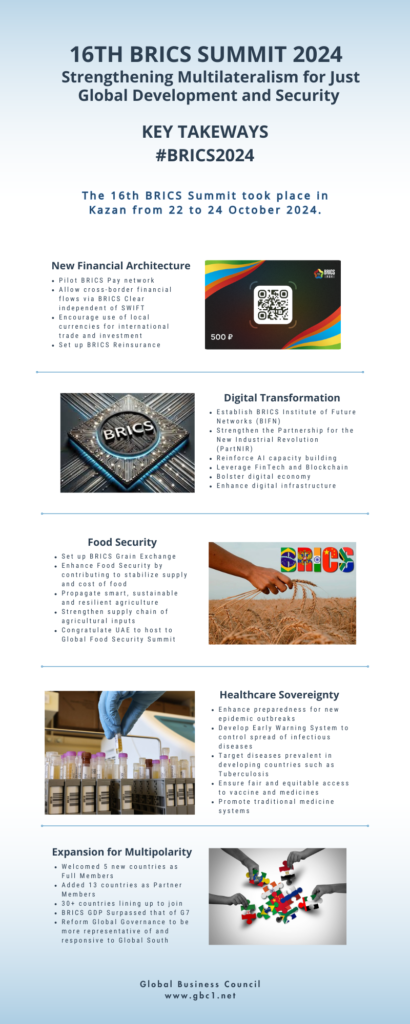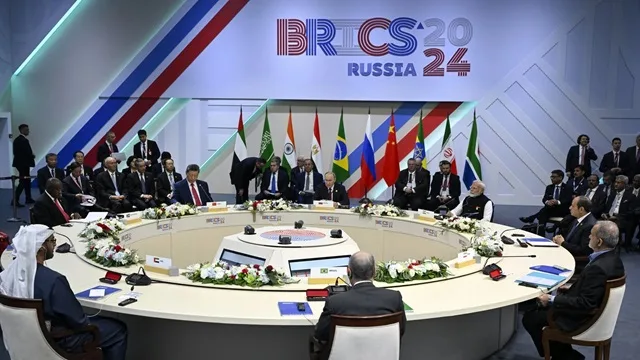Key Takeaways from 16th BRICS Summit 2024
The 16th BRICS Summit 2024 (#BRICS2024) was the first summit with the expanded members, namely, Egypt, Ethiopia, Iran, UAE and Saudi Arabia. However, Saudi King Salman was a no-who and was represented by Foreign Minister Prince Faisal bin Farhan. Of the original members, Brazilian President Lula could not make the trip due to a ‘head injury’ but intervened by videoconference.
The key points were recorded in the Kazan Declaration. The Declaration comprises 134 paragraphs which indicate a deliberate effort to be inclusive by taking into considerations all suggestions and opinions.
Since several countries have expressed interest to join the club, it was decided to accord thirteen countries Partner Member status. The Partner Member status is somewhat similar to Observer Status in other multilateral groups, where a country is welcome to take part in certain deliberations and programs but does not necessary have voting or decision-making power.

Countries were selected based on affinity with core members and come from different regions of the #GlobalSouth. Africa and Asia got the lion’s share. The 13 countries officially admitted as Partner Members are”
- Algeria
- Belarus
- Bolivia
- Cuba
- Indonesia
- Kazakhstan
- Malaysia
- Nigeria
- Thailand
- Turkey
- Uganda
- Uzbekistan
- Vietnam
The #dedollarization drive has now morphed into the emergence of a #BRICSPay network which to facilitate international payments. BRICS Pay come in the form of a bank card or mobile app.
At another level is to enable cross-border financial flows for trade and investment without resorting to #SWIFT. The key motivation is to be able to conduct cross-border transactions without running the risk of sanctions by the West.
Russia has been restricted from #SWIFT since the start of the Russia-Ukraine military conflict. Therefore, it is understandable that Russia would very much like to have an international payment system under its control.
The BRICS Pay will leverage the latest #FinTech and #Blockchain technologies to ensure secure and fast transactions. The new payment system is also expected to be less costly than payment via SWIFT.
Central Banks of BRICS countries will be encouraged to cooperate and introduce Central Bank Digital Currencies (CBDC) . The use of their respective local currencies in bilateral trade will be promoted.

Another key initiative is the setting up of a BRICS Grain Exchange. Russia, India and China are large producers of wheat, rice and other cereals and legumes. The Grain Exchange will hopefully contribute to #FoodSecurity by stabilizing the supply and price of the commodities.
Following the COVID pandemic during which many #GlobalSouth nations experienced issues related to #VaccineEquity, the BRICS will promote its vaccines, medicines, and treatments for infectious diseases. In that respect, BRICS will set up its own Early Warning System for infectious disease and also promote the application of Traditional and Alternative Therapies.
The combined GDP of the BRICS has surpassed that of the G7. Analysts thus observe that G7 is positioning itself as an alternative counterweight to the G7. Another way to look at it is to say that the BRICS is turning out to become the preferred multilateral platform for the #GlobalSouth.


